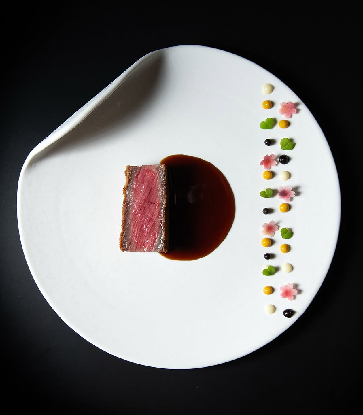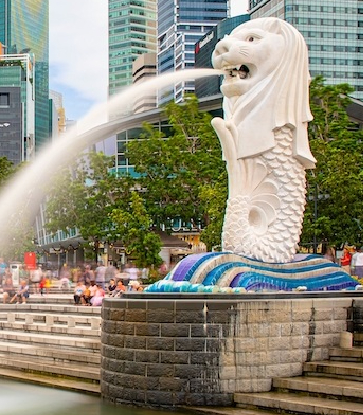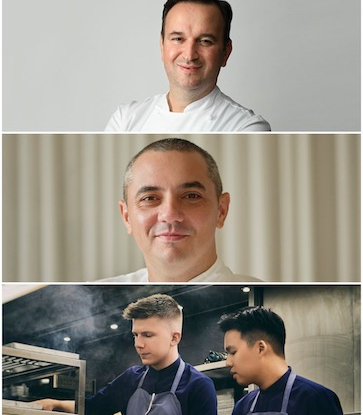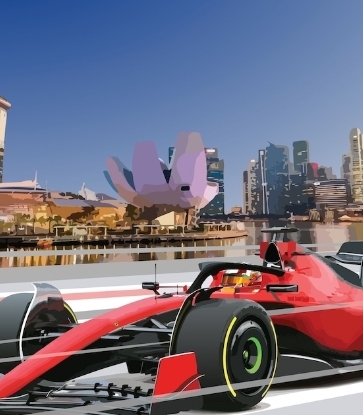The Festival of Lights, or Diwali, as it is known in the North of India, or Deepavali, the term more commonly used in the southern states of India, is also the Hindu New Year and a time considered to be extremely auspicious for all Hindus. It is a time when good conquers over evil and when celebrations typically span several days, involving colourful traditional clothes, children playing with sparklers, beautifully lit homes, decorated streets and temples, gorgeous Rangoli decorations (floor art made with coloured rice or powders) and trays laden with delicious traditional sweets.
Besides elaborate and fun rituals including making and decorating clay lamps, prayers and offerings to Goddess Lakshmi (the highly revered goddess of wealth,) visiting friends and relatives with gifts and greetings, hanging up lights, flower garlands and lanterns, there is also plenty of buzz in the kitchen with folks busy preparing traditional festive sweets and snacks.
Ultimately, Deepavali is, as most wonderful festivals are, all about togetherness, family and of course - food. Here is a round up of some traditional festive favourites to try this festive season.

Traditional Sweets:
Preparing homemade sweets is a labor of love for many Indian families during the festive season, and although many Indians now take the easy way out and beeline to the scores of traditional sweet shops found on practically every street corner, the sweet satisfaction is still the same.
Whether homemade or store-bought, the popular Deepavali sweets include mithai, ladoo, jalebi, rabdi, ras malai, payasam, sandesh, badam halwa, sheera....the list is endless. But mithai, an assortment of sugar-laden, colorful delights, tops the list at this festive time of year and the most popular kinds of mithai include kaju katli (made with cashew) barfi (milk-based mithai) and pista rolls (pistachio-based mithai). Made using rich ingredients such as ghee, sugar, thickened milk, nuts, saffron, edible silver paper to layer over the top, mithai is all about the calories! Deepavali sweets are typically first offered to the deities during prayer time and then shared by the family and offered as gifts to family, friends and neighbors.
Chef Mural from one-Michelin-starred The Song of India is one the country's top mithai authority: he serves the sweet treats every year and regularly conducts masterclasses to spread his love of mithai to homecooks. He says his favourite mithai is the mango barfi as Alphonso mangoes are a seasonal delicacy in his native Mumbai, and this traditional sweet takes him back to his childhood. The Song of India sells gorgeous boxes of mithai exclusively during this time of year including innovative flavors like betel nut, apple, mandarin orange with warm ginger and saffron, as well as a macadamia, dark chocolate & cardamom flavorred mithai, in addition to their signature mithai selection featuring chef’s favourite mango barfi.

Puri and other fried delights:
The Hindu festive season is all about indulgence, which means replacing even the simple daily bread with puri, a small flat dough round that is deep-fried and delightfully puffed in hot oil. During the Deepavali celebration period, an assortment of fried savoury and sweet treats are served with pride and consumed with glee.
Fried treats include pakoras or pakodas made with either potato, onion or paneer cheese dipped in seasoned batter, deep fried and served with chutneys, or the much loved samosas, gulab jamuns (fried dough balls soaked in cardamom-laced sugar syrup) and jalebi (deep fried, sugar-filled pastries that are crisp on the outside and gooey on the inside, and served piping hot). Not to say these fried items aren’t made and consumed at other items of the year, but during the festive season, fried delights are dished out at a much larger scale - and with somewhat reckless abandon.
You may sample some fried delights like samosa, pakora and gulab jamun at Bib Gourmand-awarded restaurants Zaffron Kitchen and Shish Mahal where you should also definitely sample a puri or two (or three).

Regional Favourites:
India is a land of many states, peoples, languages, communities and customs, and so Deepavali favourites will vary by community. (In fact, not all Indians celebrate Deepavali). Sindhis, for example, have a tradition of making a dish with seven vegetables on the day of Deepavali. The exact origin of this tradition remains a mystery but eating this healthy dish is believed to bring good luck and prosperity.
For Indians from Tamil Nadu, on the other hand, a typical Deepavali lunch would comprise of araithu vittu sambar (lentil curry with coconut and spices) lemon rice, potato varuval (dry, spiced potato dish), appalam (like poppadam) as well as vadai (lentil-based savoury donuts) and the beloved payasam for dessert, a delicious milk and vermicelli pudding. A stroll through Singapore's beautifully decorated Little India this time of year will definitely lead you to restaurants serving up these regional favorites.
Inspired to indulge? Dress up, eat up and live it up! Deepavali is all about lighting up our lives, and in Singapore we are lucky to have Little India, amazing Indian restaurants, a vibrant Indian community and even a Deepavali-themed MRT train this year.
Shubh Deepavali and happy feasting!






















